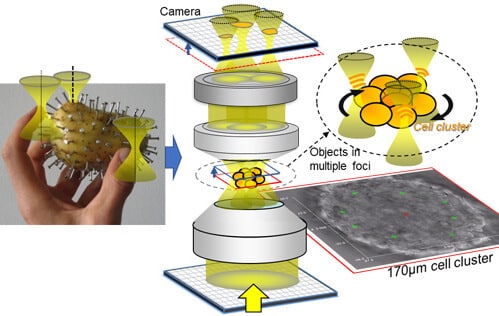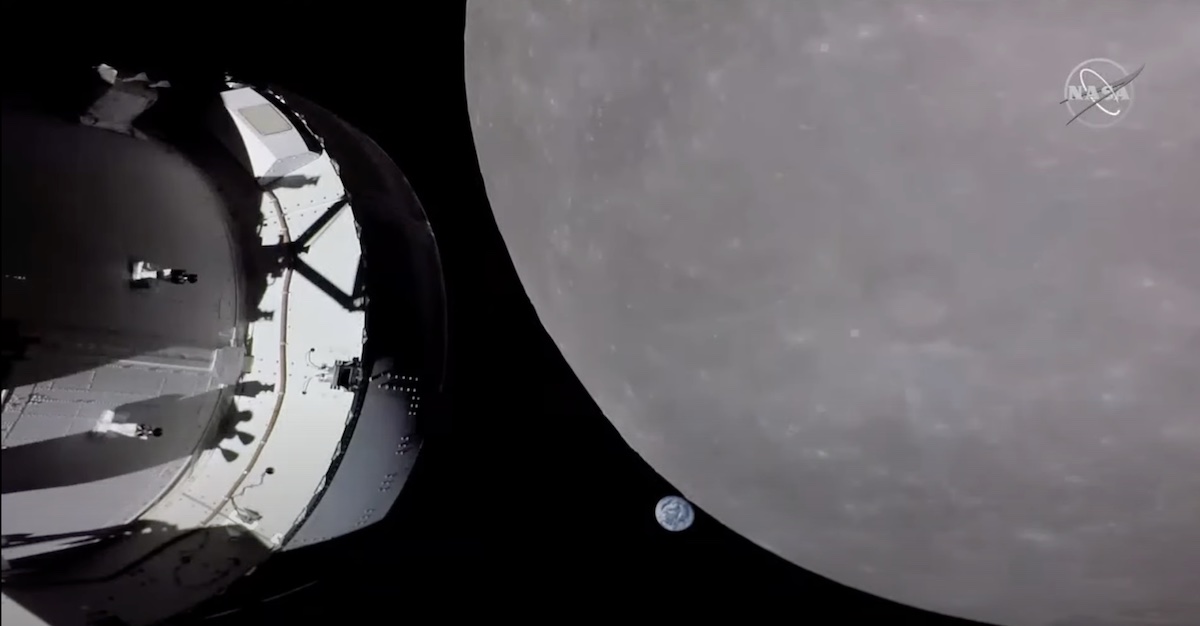
WASHINGTON — SpaceX plans to test several upgrades to its Starship vehicle on its next test flight, scheduled for as soon as Jan. 10, as well as conduct the first payload deployments from it.
SpaceX outlined its plans for the seventh test flight of the Starship/Super Heavy vehicle in a Jan. 3 statement. It confirmed previous comments by the company that the flight would be the first of a block upgrade of the Starship upper stage.
“The upcoming flight test will launch a new generation ship with significant upgrades, attempt Starship’s first payload deployment test, fly multiple reentry experiments geared towards ship catch and reuse, and launch and return the Super Heavy booster,” the company stated.
Among the upgrades to Starship are changes to the forward flap design to reduce heating as well as expanded propellant tanks with 25% greater volume from the previous design. The vehicle also incorporates a “complete redesign” of its avionics with new computers, antennas and power distribution system.
Other changes involve the vehicle’s thermal protection system, with “latest generation” tiles and a layer underneath that will provide protection in the event of damaged or missing tiles. Some tiles will be deliberately removed to stress-test vulnerable areas, while the vehicle will test some metallic tile options, some incorporating water cooling. Those and other changes are intended to prepare for future flights where SpaceX will attempt to land the Starship upper stage back at the launch site.
The Super Heavy booster for the mission will be the first to use previously flown hardware, a single Raptor engine that was first flown on the fifth Starship/Super Heavy test flight in October. That flight was highlighted by a successful return and “catch” of the booster at the launch site. SpaceX said will attempt another catch of Super Heavy on the upcoming launch.
The Starship upper stage will fly a suborbital profile like several recent flights, with a splashdown in the Indian Ocean. While in space, though, Starship will perform its first payload deployment, releasing 10 “Starlink simulators” similar in mass and size to next-generation Starlink satellites. Those mass simulators will not remain in orbit, reentering on suborbital trajectories similar to Starship.
Deploying what SpaceX calls “V3” Starlink satellites will be a key use of Starship once it begins orbital flights. “With unparalleled payload capacity and full reusability, Starship will be able to deploy our more advanced V3 Starlink satellites, revolutionizing global connectivity,” SpaceX said in a recent “2024 Progress Report” on Starlink.
The V3 Starlink satellites, weighing about two tons each and designed specifically to launch on Starship, will each have one terabit per second of downlink capacity, 10 times that of the V2 Mini Starlink satellites SpaceX currently launches, and 160 gigabits per second of uplink capacity, 24 times that of V2 Mini satellites, according to that report. Each V3 satellite will also have nearly four terabits per second of backhaul capacity using both radiofrequency and laser links.
SpaceX, in its statement about the next Starship flight, did not give a launch date. However, airspace restrictions have been published for launch opportunities daily from Jan. 10 through Jan. 16. Those launches would take place in the late afternoon except for a morning launch Jan. 11.
Jeff Foust writes about space policy, commercial space, and related topics for SpaceNews.
He earned a Ph.D. in planetary sciences from the Massachusetts Institute of Technology and a bachelor’s degree with honors in geophysics and planetary science…
More by Jeff Foust
Note: This article have been indexed to our site. We do not claim legitimacy, ownership or copyright of any of the content above. To see the article at original source Click Here














